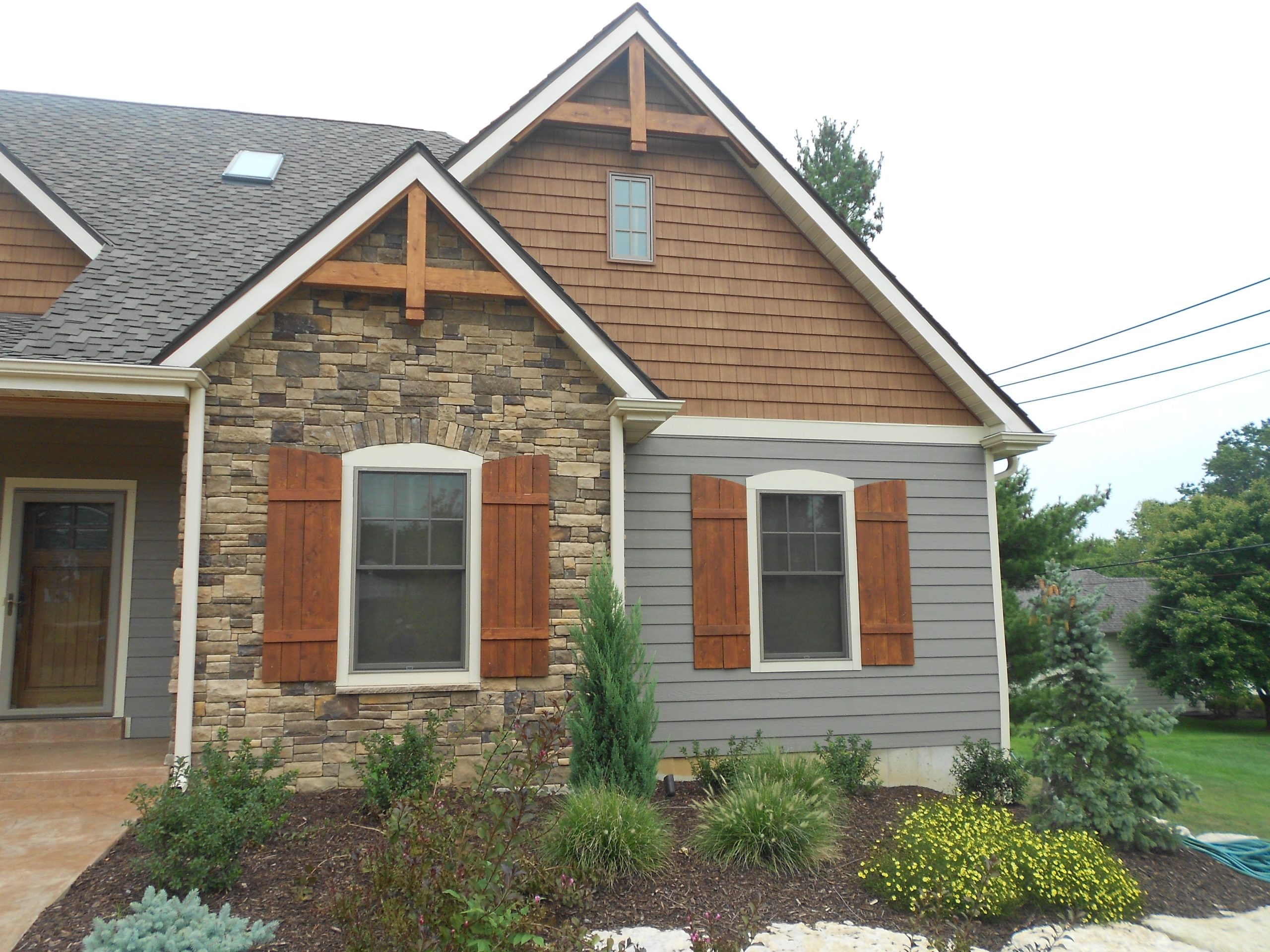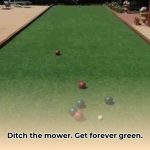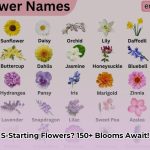Choosing the right exterior siding is a crucial decision for any homeowner. It’s the skin of your house, protecting it from the elements while contributing significantly to its curb appeal. This comprehensive guide delves into the world of wood siding, exploring its various types, the pros and cons, associated costs, essential maintenance practices, and the exciting future of this natural and versatile material. Whether you’re aiming for a classic, rustic, or modern look, understanding the nuances of wood siding will empower you to make the best choice for your home.
Understanding Wood Siding Options
Wood siding offers a timeless appeal that complements a wide range of architectural styles. From traditional clapboard to rustic shakes, the variety of options allows for extensive customization. Let’s explore the most popular choices:
Shake Siding: Rustic Charm
Hand-split shake siding imbues a home with a rustic, textured appearance, evoking a cozy, cabin-like feel. The handcrafted nature of each piece adds a unique touch.
Tongue and Groove: Seamless Elegance
Interlocking planks of tongue and groove siding create a smooth, clean surface, lending a modern and sophisticated aesthetic. This style is known for its streamlined appearance.
Clapboard (Bevel Siding): Timeless Classic
Overlapping horizontal boards of clapboard siding create a traditional and elegant facade, suitable for a variety of architectural styles. Its versatility makes it a popular choice.
Board and Batten: Striking Dimension
Wide vertical boards paired with narrower battens covering the seams characterize board and batten siding. This style adds depth and visual interest to a home’s exterior.
Channel Siding: Contemporary Texture
Channel siding features planks with concave faces, creating intriguing shadow lines that add a unique, contemporary texture to the exterior.
Weighing the Pros and Cons of Wood Siding
Like any building material, wood siding has its advantages and disadvantages. Carefully considering both sides is essential for making an informed decision.
Advantages of Wood Siding
- Unmatched Curb Appeal: Wood siding’s natural beauty and warmth are undeniable, creating a visually appealing exterior that enhances curb appeal.
- Design Versatility: From rustic cabins to sleek modern homes, wood siding adapts to various architectural styles, offering design flexibility.
- DIY Potential: Some types of wood siding are manageable for experienced DIYers, potentially reducing installation costs. However, it’s a substantial undertaking requiring careful planning and execution. If you’re looking to bring the outdoors in, consider exterior accordion doors for a seamless transition.
Disadvantages of Wood Siding
- Ongoing Maintenance: Wood requires regular care, including painting, staining, or sealing every few years, to protect it from the elements and prevent rot, warping, and fading.
- Vulnerability to Damage: Wood is susceptible to damage from insects, moisture, and extreme weather if not properly maintained. Regular inspections and prompt repairs are crucial.
- Cost Considerations: Wood siding can be more expensive upfront than other materials like vinyl or fiber cement. Factor in the long-term maintenance costs as well.
- Fire Risk: Wood is naturally flammable, a concern particularly in wildfire-prone areas. Proper installation and fire-resistant treatments can mitigate this risk. If you have a fireplace, ensure safety and style with a fireplace carpet.
Estimating the Costs of Wood Siding
The cost of wood siding varies depending on the type of wood, the siding style, and the complexity of the installation.
Material Costs
Common wood species like cedar, pine, and redwood typically cost between $2 and $4 per linear foot. More exotic or premium grades will likely be more expensive.
Installation Costs
Professional installation typically ranges from $5 to $10 per square foot, influenced by factors like the complexity of your home’s design and local labor rates.
Maintaining Your Wood Siding
Regular maintenance is essential for preserving the beauty and extending the lifespan of your wood siding.
Essential Maintenance Practices
- Painting or Staining: A fresh coat of paint or stain every 3-5 years protects the wood from moisture, UV rays, and other environmental factors.
- Sealing: Applying a sealant provides an extra layer of protection against the elements, further extending the siding’s life.
- Regular Cleaning: Cleaning your siding annually with a garden hose and mild detergent removes dirt, mildew, and debris that can contribute to deterioration.
The Future of Wood Siding
Ongoing research into more durable and sustainable wood treatments suggests the development of even longer-lasting and environmentally friendly options in the future. Advancements in wood preservation technologies are likely to further improve the performance and longevity of wood siding.
What Wood is Best for Exterior Siding?
Choosing the right wood species is crucial for the longevity and performance of your siding. Factors like durability, rot resistance, insect resistance, cost, and aesthetics play a significant role in this decision. While some woods are naturally more resilient, all wood siding requires regular maintenance to ensure lasting beauty and protection.
Comparing Wood Species
| Wood Species | Durability | Rot Resistance | Insect Resistance | Cost | Workability | Appearance | Maintenance |
|---|---|---|---|---|---|---|---|
| Redwood | Excellent | Excellent | Excellent | High | Moderate | Rich, reddish-brown | Moderate |
| Cedar (Western Red) | Excellent | Excellent | Excellent | Medium-High | Easy | Warm, reddish tones | Moderate |
| Cypress | Excellent | Excellent | Excellent | High | Moderate | Light brown to reddish | Moderate |
| Fir (Douglas) | Good | Moderate | Moderate | Medium | Easy | Light brown to reddish | Moderate |
| Pine | Moderate | Low | Low | Low | Easy | Light yellow to white | High |
| Spruce | Moderate | Low | Low | Low | Easy | Light yellow to white | High |
Factors Influencing Wood Choice
- Climate: The local climate significantly impacts the ideal wood species for your region. Humid climates necessitate rot-resistant woods like cedar or redwood.
- Maintenance: Consider your willingness and ability to perform regular maintenance. More durable woods might require less upkeep but come at a higher cost.
- Budget: Wood siding prices vary significantly. Establish a budget early in the planning process.
- Aesthetics: The desired look of your home influences the choice of wood species and siding style.
What is the Cheapest Wood Siding Option?
While pine and spruce are generally the most affordable options, it’s crucial to consider long-term costs, including maintenance and lifespan. While engineered wood may appear cheaper initially, it might not offer the same longevity and curb appeal as natural options.
Exploring Affordable Choices
| Wood Type | Estimated Cost per Square Foot |
|---|---|
| Pine | $2.50 – $5.00 |
| Spruce | $2.50 – $5.50 |
| Fir | $3.00 – $6.00 |
| Cedar | $6.00 – $12.00 |
| Redwood | $8.00 – $15.00+ |
| Engineered Wood | $2.00 – $4.00 |
(These costs are estimates and may vary depending on grade, region, and specific product.)
Tips for Budget-Conscious Homeowners
- DIY Installation: If you have the skills, DIY installation can significantly reduce labor costs.
- Pre-finished Siding: Opting for pre-finished siding can save on painting or staining costs later.
- Shop Around: Compare prices from different suppliers to find the best deals.
- Consider Different Grades: Lower grades of wood can be more affordable but may have imperfections.
What is Wood House Siding Called?
Wood house siding, also known as cladding or sheathing, is the exterior layer of material that covers and protects a home’s structure. It’s the first line of defense against the elements, while also playing a crucial role in the home’s aesthetic appeal. Various terms, including “exterior wood cladding,” “wood sheathing,” and “wood skin,” refer to this essential component of a home’s exterior.
Types of Wood Siding Styles
| Type of Wood Siding | Description | Style |
|---|---|---|
| Shake Siding | Small, rectangular wood pieces layered over each other | Rustic, textured |
| Clapboard Siding | Long, thin boards installed horizontally, overlapping slightly | Classic, traditional |
| Tongue and Groove Siding | Planks fitted together with a “tongue” on one edge and a “groove” on the other, creating a smooth surface | Modern, clean |
| Board and Batten Siding | Wide vertical boards with narrow strips (battens) covering the seams | Farmhouse, rustic |
| Shingles | Similar to shakes, but thinner and more uniform | Refined, elegant |
| Log Siding | Actual round logs stacked horizontally | Cabin-like, natural |
Choosing the Right Wood Siding
Selecting the right wood siding involves careful consideration of several factors:
- Architectural Style: The style of your home plays a significant role in choosing the appropriate siding.
- Climate: The local climate influences the durability requirements of the siding.
- Budget: Balancing aesthetics with budget constraints is key.
- Maintenance: Consider the long-term maintenance required for different wood species and finishes.
By understanding the various types of wood siding, their associated costs, and the necessary maintenance, you can make a well-informed decision that enhances your home’s beauty and protection for years to come. Remember ongoing research continually expands our knowledge of wood siding options and their performance, so staying informed ensures the best long-term investment for your home.
- Grass Forever in Livermore: Your Guide to Artificial Turf - April 22, 2025
- German Roaches vs. American Roaches: Key Differences and Control - April 22, 2025
- 150+ Flowers That Start With S: A Comprehensive Guide - April 22, 2025










